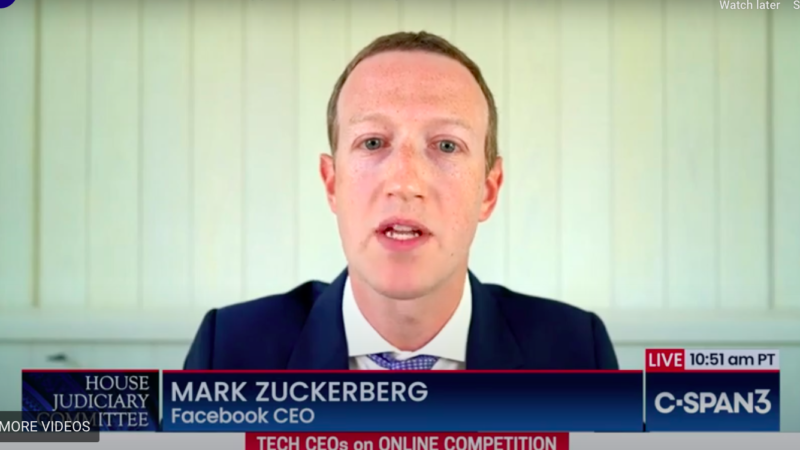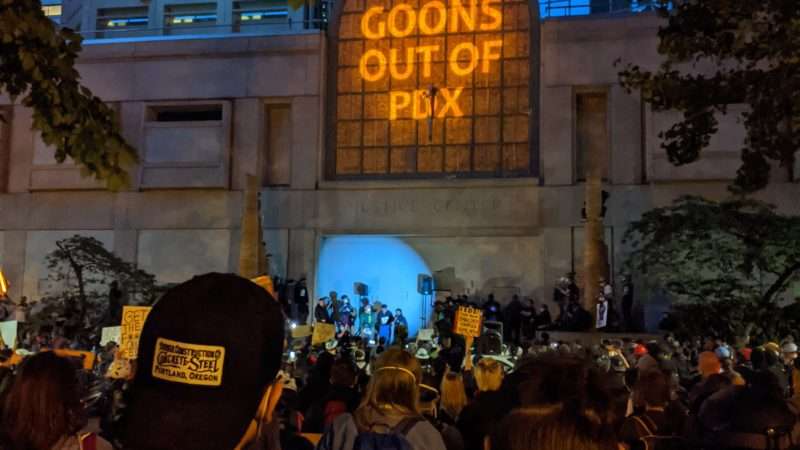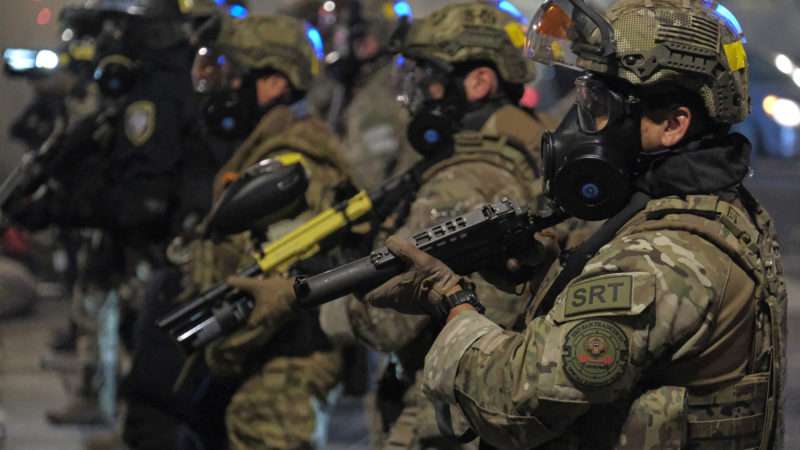

By now, almost everyone recognizes that large gatherings in confined, indoor spaces risk spreading the Coronavirus pandemic. Nonetheless, 23 states are currently conducting or planning to soon conduct in-person bar exams for new applicants for licenses to practice law. Even with precautions, putting hundreds of people in indoor spaces together for many hours at a time creates serious risks of exacerbating the pandemic.
Admittedly, the danger is smaller because most bar exam takers are young and healthy. However, there are still some older bar applicants, such as lawyers moving from one state to another, who need to be licensed in their new homes. And, of course, some young exam takers have health conditions or weakened immune systems, that make them especially vulnerable, as well. In addition, exam takers could potentially spread the disease to others, including some who are older or otherwise more vulnerable to Covid.
I am not one to say that all seriously risky activities should be avoided so long as the pandemic continues. There is, I think, a strong case for moving forward with those that create enormous benefits that cannot be achieved in another way. That, however, is not true of the bar exam, where there is the obvious alternative of “diploma privilege”—giving bar cards to anyone who has graduated from an accredited law school. Four states –Utah, Washington, Oregon, and Louisiana, have adopted this approach in various forms, joining the state of Wisconsin, which has had it for in-state law schools for years. Other states should follow this example.
The standard argument against diploma privilege is that the bar exam requirement is needed to protect consumers from incompetent lawyers. But there is no evidence that bar exams actually achieve that goal, as opposed to serving as a barrier to entry that protects incumbents in the profession from competition. The quality of legal services in Wisconsin has not suffered from its longstanding diploma privilege policy. Bar records indicate that attorneys in that state have disciplinary records similar to those in other states.
Such results are not surprising. The truth is that the bar exam is a test of arcane memorization, not a test of whether the applicant is likely to be a good attorney. That’s why, as my co-blogger Orin Kerr puts it, “when it [the exam] is over you can forget everything you just learned.”
For that reason, I have long advocated the abolition of bar exams, most recently here:
The reason why you can “forget everything” immediately after the exam is that very little of the material on the exam is actually needed to practice law. It’s a massive memorization test that functions as a barrier to entry, not a genuine test of professional competence. That strengthens the case for my view that the bar exam should simply be abolished….
My general view on bar exams is that they should be abolished, or at least that you should not be required to pass one in order to practice law. If passing the exam really is an indication of superior or at least adequate legal skills, then clients will choose to hire lawyers who have passed the exam even if passage isn’t required to be a member of the bar. Even if a mandatory bar exam really is necessary, it certainly should not be administered by state bar associations, which have an obvious interest in reducing the number of people who are allowed to join the profession, so as to minimize competition for their existing members.
Defenders of bar exams argue that consumers would otherwise have little or no way to tell whether a given lawyer is competent or not. But, in reality, there are many other signals to determine that. Often, clients hire not a specific lawyer, but a firm. In that event, the firm’s reputation is a signal of quality, and firms have an incentive to protect that reputation by avoiding the hiring of incompetents. Even with solo practitioners, quality can be discerned by consulting past clients, and a variety of other mechanisms.
Legal scholar Gillian Hadfield has an excellent article making the case that barriers to information can be further reduced by eliminating prohibitions on the corporate practice of law. If corporations were allowed to provide basic legal services—as they currently do with many other professional services, such as accounting—that would reduce cost and also make it easier to signal quality. When you hire H&R Block to do your taxes, you are relying on the overall reputation of the firm, not on that of the specific person who handles your case. Legal services can work similarly.
These methods are not perfect. But they are likely to be far better than relying on bar exam passage as a signal of quality, since the latter is really just a test of memorization.
One possible alternative to “diploma privilege” is simply postponing bar exams, as some states have done. But that prevents thousands of recent law graduates from earning an income in the meantime—and blocks clients from using their services. If states are unwilling to forego the bar exam entirely, they should at least provide temporary diploma privilege for a period of, say, three years, by which time the pandemic is likely to be over, and bar exams can be safely administered.
Online bar exams are another possible solution. The obvious objection to them is that it is extremely difficult to prevent cheating on an online “closed book” exam. It may well be impossible to ensure that a test-taker doesn’t have study guides or reference books with her as she takes the exam. That doesn’t bother me too much, because I believe bar exams are a sham credential in any case. But even I recognize there is some unfairness in a format that rewards those most willing to cheat. In addition, not everyone has access to software and internet connections that are likely to be reliable through many hours of exam taking.
On balance, online exams seem preferable to in-person ones, or to keeping law school graduates in limbo until in-person exams become safer. But diploma privilege is a better approach than either.
For those states that stubbornly insist on holding in-person exams during a pandemic, I am tempted to revive my “modest proposal” for bar exam reform (first developed many years ago):
Members of bar exam boards… and presidents and other high officials of state bar associations should be required to take and pass the bar exam every year by getting the same passing score that they require of ordinary test takers. Any who fail to pass should be immediately dismissed from their positions…. And they should be barred from ever holding those positions again until—you guessed it—they take and pass the exam.
After all, if the bar exam covers material that any practicing lawyer should know, then surely the lawyers who lead the state bar and administer the bar exam system itself should be required to know it. If they don’t, how can they possibly be qualified for the offices they hold? Surely it’s no excuse to say that they knew it back when they themselves took the test, but have since forgotten. How could any client rely on a lawyer who is ignorant of basic professional knowledge, even if he may have known it years ago?
Of course, few if any bar exam officials or state bar leaders could pass the bar exam without extensive additional study (some might fail even with it)…. This material isn’t on the exam because you can’t be a competent lawyer if you don’t know it. It’s there so as to make it more difficult to pass, thereby diminishing competition for current bar association members…..
My proposed reform wouldn’t fully solve this problem. But it could greatly diminish it. If bar exam board members and bar association leaders were required to take and pass the exam every year, they would have strong incentives to reduce the amount of petty trivia that is tested. After all, anything they include on the exam is something they themselves will have to memorize! As prominent practicing lawyers, however, they presumably are already familiar with those laws that are so basic that any attorney has to know them; by limiting the exam to those rules, they can minimize their own preparation time. In this way, the material tested on bar exams might be limited to the relatively narrow range of legal rules that the average practicing lawyer really does need to know.
If the knowledge tested on bar exams is so important that we must ensure all practicing lawyers know it—even at the risk of exacerbating a deadly pandemic—then surely that principle applies with extra force to prominent leaders of the legal profession, particularly those responsible for setting professional standards for others. By this reasoning, they should have to take the exam on the same terms as they impose on new bar applicants. If that means taking an in-person exam during a pandemic, then so be it!
On balance, however, I will not insist on this idea, so long as the pandemic continues. I recognize that many bar association leaders are likely to be at special risk, due to age and health conditions. The “modest proposal” might be a useful reform under normal conditions. But it would be wrong to impose it now.
We should not require bar leaders to risk their lives and health for no good reason. But they, in turn, should not impose such risks on others.
Finally, critics may argue that, as a law professor, I have a self-interest in promoting “diploma privilege.” My brief response is that I have also long advocated abolishing or at least reducing the requirement that all lawyers attend ABA-accredited law schools, as well. I have also long advocated a variety of other reforms that would have the effect of reducing the demand for law school education and legal services generally—most notably reducing the number and complexity of laws. I don’t claim diploma privilege is the optimal regulatory regime, merely that it’s superior to system under which lawyers are required to both have a diploma and pass a worthless bar exam.
from Latest – Reason.com https://ift.tt/2BLpoXm
via IFTTT




